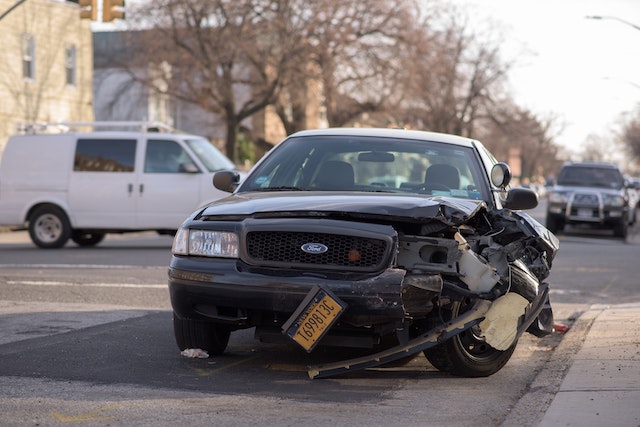Deaths Caused by Car Accidents Are Becoming Less Frequent in the U.S.
Data released by the National Highway Traffic Safety Administration (NHTSA) revealed that on-road motor vehicle deaths have been on the decline in recent years. In 2019, the administration estimates that 36,120 people died as a result of car accidents, which was a 1.2% decrease from the previous year and marks the third consecutive year of declining traffic-related fatalities. This decrease comes despite an increase in total miles driven, making the data especially shocking to researchers.
Car Accident Fatalities by the Numbers
Over the past three years, the number of car accident fatalities has been steadily decreasing. This continuous annual drop began in 2016 when deaths hit a recent high of 37,806, followed by 37,473 in 2017, 36,560 in 2018, and 36,120 in 2019.
On a state level, some fatality rates have dropped significantly more than the national average. Seven states across the country experienced more than a 13% decrease in fatalities since 2018. These states included Vermont with a 31% decrease, New Hampshire with a 30% decrease, the District of Columbia with a 21% decrease, South Dakota with a 21% decrease, Alaska with a 16% decrease, and Connecticut as well as Nevada with 14% decreases.
As for specifically classifying those killed by car accidents, driver fatalities decreased 3%, passenger fatalities decreased 4%, motorcyclist fatalities decreased 1%, pedestrian fatalities decreased 2%, and cyclists fatalities decreased 2%.
Reasons for the Decline
The decrease in fatality rates can often be attributed to increased safety regulations, reduced blood alcohol concentration limits, and advances in vehicle safety. Yet researchers at the NHTSA are still examining more potential causes of the continuous decline over the last three years, and identifying the precise reasons is expected to take several years.
While there has been speculation that driver-assisted systems in vehicles may have aided in the decline, a direct connection between the two has not been officially established. These vehicle systems are becoming more advanced over the years and nowadays typically include automated emergency braking, pedestrian detection, lane-centering technology, backup cameras, and adaptive headlights. The National Safety Commision (NSC) states that all of these advanced systems are proven to reduce the severity of motor vehicle crashes or prevent them entirely.
There were beliefs that the decline was due to people driving less, yet researchers state this is false. In fact, researchers recorded 28.8 billion total miles driven in 2019, which is approximately a 0.9% increase from 2018.
Looking Forward
Although these statistics are based only on estimates provided by the NHSTA, the agency is expecting to see a continued decline in motor vehicle accident deaths that we have been seeing since 2016. The official 2019 report from the administration is expected to be released in the late fall of 2020.
“While a lower car accident fatality rate is goods news, there is still progress to be made,” says Attorney William Colarulo for Grungo Colarulo. “During this pandemic, we have seen an even larger drop in car accidents since most people are not out on the road. However, when the country opens back up, it will be imperative for drivers to be safe and careful, as we expect to see an influx of drivers.”
Under the current COVID-19 circumstances, the administration has reported a drastic increase in people speeding. There is a fear that if the rise in speeding continues, it may result in more car accidents and therefore more fatalities. Additionally, as more states begin to reopen businesses and resume social activities, more people are returning to the roads after an extended break from normalcy. As a result, there are concerns that this may result in a sudden uptick in the number of car crashes. While people may be eager to return to normalcy, the importance of safety and care while driving still remains.

